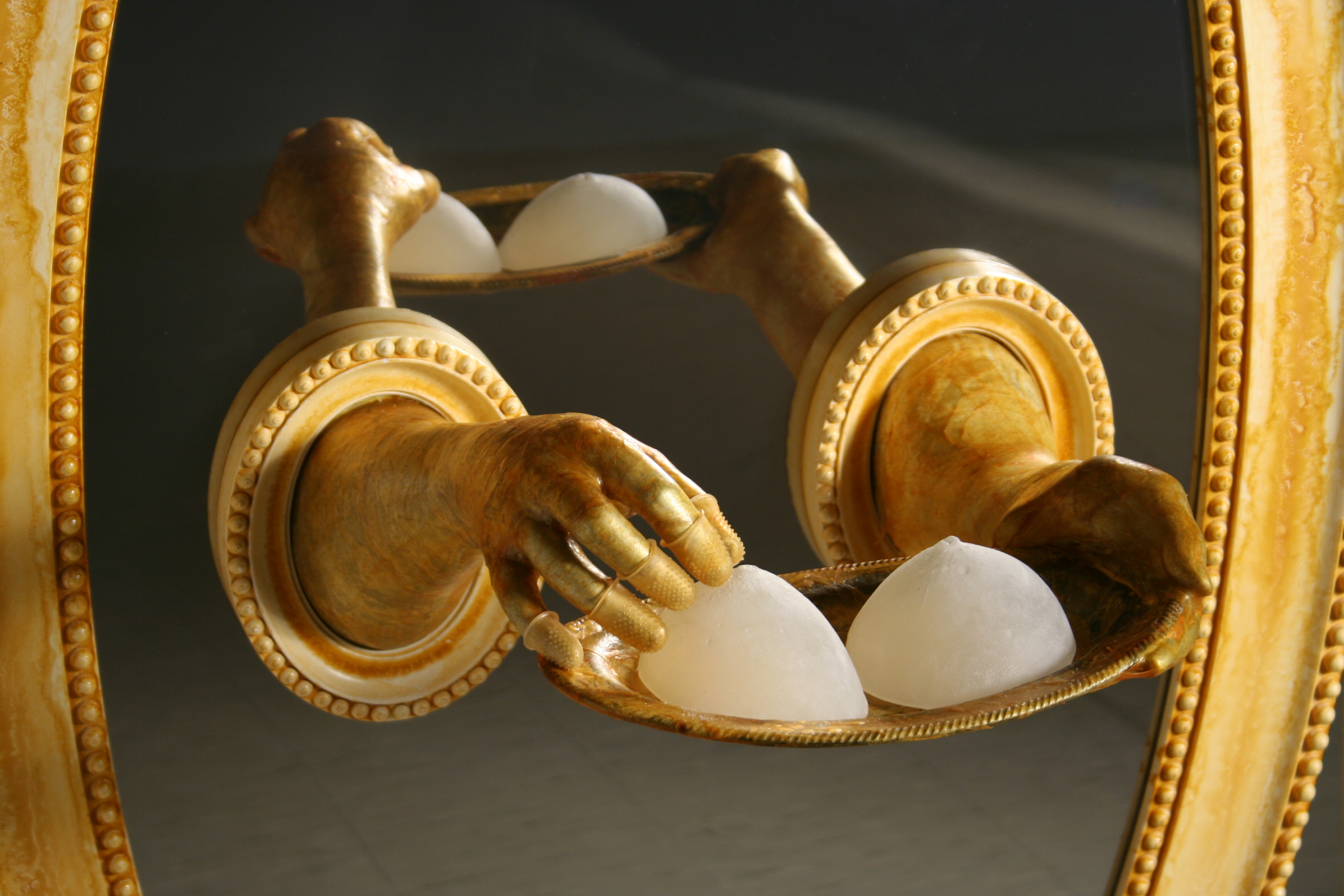“My intention as an artist is to evoke contemplation on how we perceive, stereotype, and stigmatize the female body and to question societal taboos surrounding sexuality and reproduction.”
Cristin Millett is an artist whose research focuses on medical history, specifically the human reproductive system. In response to her research, she creates objects and installations that give insight into societal attitudes about the female body.
Millet approaches her work using a very logical and systematic method, first grounding herself in research on the history of medicine. An extension of her research includes the context where anatomy is studied – historical anatomical and surgical theaters. Millet’s architectural environments metaphorically reference the interior and exterior of the body. When entering one of her rooms, the viewer enters the body and their role as spectator shifts to that of the spectacle.
Cristin Millet’s installations represent an intersection of scientific ideas and contemporary aesthetic observations, providing insight into prevalent societal attitudes surrounding the female form. Millett exhibits her work in national and international solo and group exhibitions. Her work has been positively reviewed by Lenny Campello and she has been published in journals such as Sculpture, Art Papers, and Chicago Tribune.
See her full spread in E-Squared here.










